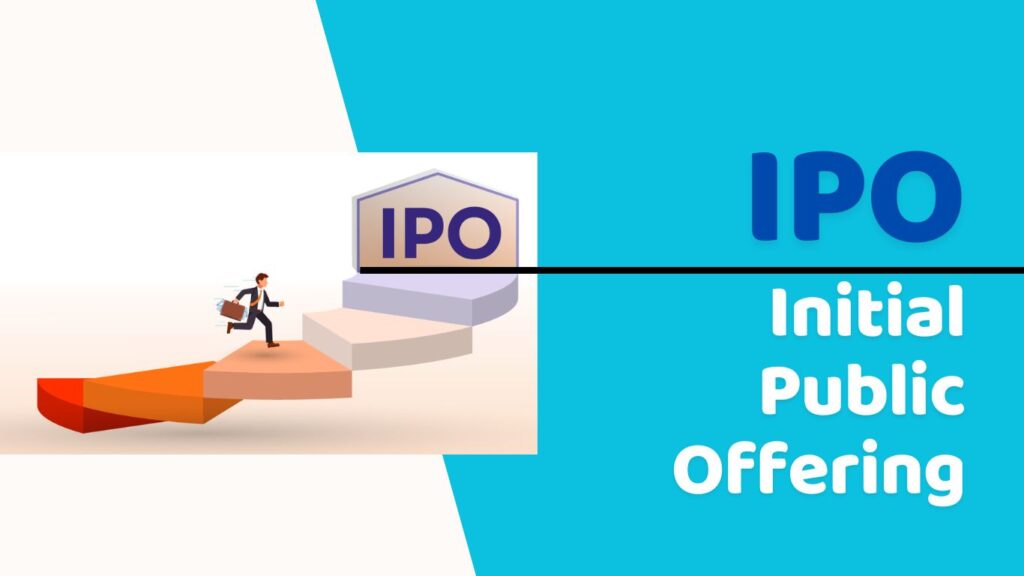IPO, also known as Initial Public Offering, is the process through which a company sells its shares to the public for the first time. This is a major way for the company to raise funds so that it can expand its business. But as an investor, the question is, should you invest in an IPO or not? And if yes, how?
In this article, we will tell you what to consider before investing in an IPO and how you can make money from IPO. We will help you choose the right IPO for you using a 5 point checklist.
What is IPO and why does a company bring it?
IPO means Initial Public Offering, that is, the time when a company sells its shares to the public for the first time. In return, the company gets money, which it can use for many purposes:
- Setting up a new factory or plant
- Raising funds for marketing
- Launching a new product
- Expanding the company
- Repaying debt
Through IPO, the company can implement its growth plans, and some early investors can also exit their investment through IPO.
Two main reasons to invest in IPO
Long term investment: If you think the fundamentals of the company are good and the company will perform well in the future, then you can invest in IPO for the long term.
Short term listing gain: Some people invest in IPO only for listing gain. That is, when the IPO is listed, if its price increases, then investors can make immediate profits by selling it. For example, if the issue price of an IPO is ₹40 and on the day of listing it gets listed at ₹60, then you can get a return of 50%.
5-Point checklist for investing in Initial Public Offering
Before investing in an IPO, you need to keep some key things in mind. This 5-point checklist will help you make the right decision:
Read Also: What is Buyback of Shares – Explained
Fresh Issue vs Offer for Sale (OFS)
There are two types of shares in an Initial Public Offering– fresh issue and offer for sale (OFS).
Fresh Issue: In this, the company issues new shares, and the money received from this is used for the growth of the company.
Offer for Sale: In this, existing investors and promoters sell their shares, and this money does not go into the development of the company.
If most of the IPO is from Offer for Sale, then it can be a negative sign for investors as it does not contribute much to the growth of the company.
Analysis of the fundamentals of the company
Understanding the fundamentals of the company is essential for long term investment. You should pay attention to the following aspects:
EBITDA Margin and Net Profit Margin: This shows how the profitability of the company is.
Revenue Growth: Look at the growth of the company’s income and profits over the past years.
Company Valuation: For this you can look at Price to Earnings (P/E) Ratio, Price to Book (P/B) Value, and other valuation metrics.
Company’s business model and competitive advantage: It is important to know how the company can do better than its competitors.
Track record of promoters
It is also important to look at the track record of the promoters and their shareholding pattern. If the promoters are selling a large portion of their shares during the IPO, it can be a cause of concern for investors. The promoter should have faith in the company, and if he is not selling too many shares, it can be a positive sign.
Evaluating demand level
If you are investing in an Initial Public Offering for short-term listing gains, it is important to look at the subscription level of QIB (Qualified Institutional Buyers).
QIB includes mutual funds, insurance companies, and foreign institutional investors.
If the QIB level of an IPO is subscribed 1.5 to 2 times, it shows that there is good demand for it among investors.
Grey Market Premium (GMP)
The grey market premium is an unofficial indication that shows how much an IPO is priced in the market before its actual listing. If an IPO has an issue price of ₹40 and is being priced at ₹50-₹60 in the grey market, it means that it has the potential for listing gains.
However, the grey market premium should not be taken too seriously as it is unofficial and there is no official source for it.
Conclusion
Whether you invest in an IPO for the long term or the short term, it is important that you do not invest without research. Before investing in an IPO, you should deeply analyze the fundamentals, promoters, and market demand of the company. This 5-point checklist will help you make the right decision.
Remember, any investment comes with risk, and investing without the right information can be dangerous. Always read all the relevant documents carefully before investing and avoid any unnecessary risks.
Disclaimer: Investments in the stock market are subject to market risks. Please do your own research or consult your financial advisor before investing and take decisions accordingly. The information given in this article is intended to make the general public as well as investors and traders aware and increase their knowledge.







